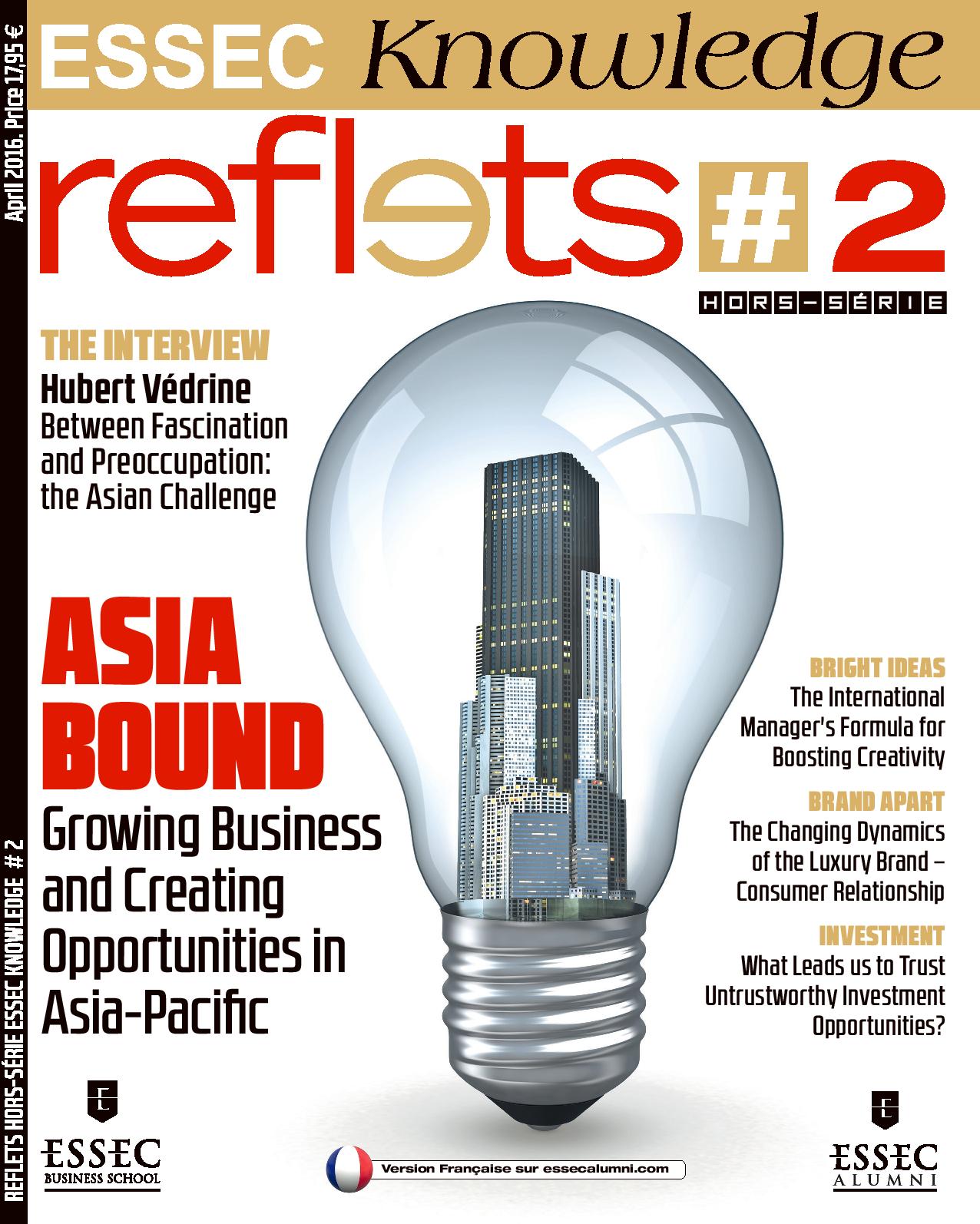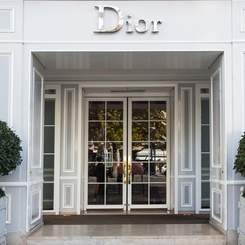In recent years, two closely related yet competing global trends are on the rise and weighing on luxury brands. First, consumers are traveling more than ever before: the subsequent travel retail phenomena means that foreign consumers are buying European luxury products in Europe, and at lower prices, avoiding the higher price-points in their home countries. Second, a growing number of luxury brand-name items are ending up on what we call the grey market, where authentic luxury products are sold at non-authorized wholesale in different international markets.
Of course, neither trend is really new. Since luxury brands continued to manufacture their products in Europe for both quality and image, they increased price points in Asia to incorporate freight and duties as they began to export to emerging markets in the 1970s.
Travelers began noticing the gap between price points in Europe and Japan, HK and Taiwan – and took advantage of the gap during their travels abroad.
In the 1970s, luxury fragrances were regularly sold in large quantities to regional distributors, and resold later at wholesale to compensate for disappointing sales or excess purchases. In the 1980s, excess seasonal, ready-to-wear collections were regularly sold in countries where the brand was not usually available.
In these early days, luxury brands were in fact fueling the grey market themselves, at least indirectly: after building up excess inventory in certain international markets, they would close their eyes to wholesale activity in order to clear old stock. Indeed, since most luxury brands didn’t have any kind of permanent presence in emerging markets, grey market activity did not impact the brand’s official international distribution.
Time to start paying attention
For a time, brands were able to have their cake, and eat it, too. While their international markets were in their infancy, they could afford to turn a blind eye on unauthorized wholesale and profits lost to travel retail. After all, the products being sold weren’t counterfeit and would ultimately produce a profit. Of course, certain individuals, companies, and even mafia type organizations very quickly understood the profit they could make by taking advantage of price difference between European markets and emerging ones. It was at that point that a modest B2C channel became a B2B2C channel. And the phenomena ballooned with the number of Asian tourists and the burgeoning buying power of Chinese consumers in particular.
Suddenly, it was time to start paying attention. Today, these phenomena evoke three primary points of concern:
- Sales cannibalization: Because they exist within a globalized world, most luxury brands today have invested directly and/or indirectly in international distribution chains, especially in Asia. Therefore, European travel retail and unauthorized wholesale puts these international investments – and profitability in emerging markets – at risk.
- Lost revenues: Over the past few years, luxury consumption in Asia has increased exponentially where prices are anywhere between 30 and 60 % higher than in Europe. To ignore the parallel market phenomena is to miss out on profits.
- Brand devaluation: Brands that are readily available within parallel markets are more visible and accessible, and therefore risk diminishing their luxury cachet.
Grey market and travel retail – two sides of the same coin
Nowadays, luxury brands are aware that consumers have many channels at their disposal to acquire their products. Travel retail takes many forms: nationals as well as foreigners can make duty and tax free purchases in duty free shops; in tax free markets or cities like Hong Kong; and in duty paid flagship stores or department stores. Today’s savvy consumer takes advantage of lower local prices, currency fluctuations, and tax refund procedures.
A good indication of travel retail’s importance today: brands have started measuring sales by nationality rather than by region!
Ten years ago, purchases of luxury products by Mainland Chinese consumers were shared 50/50 between Mainland China purchases and travel retail purchases. Last year, up to 75 % of luxury purchases were coming from abroad, combining travel retail sales and the grey market (structured agencies, called Daigou in China, as well as from purchases made on international e-commerce websites by Chinese consumers in China).
However, the behavior of travelers has also evolved. Beyond attractive prices, travelers value the pleasure of shopping while traveling; they expect different levels of service, convenience, and recognition, as well as high-end product merchandising. They’re looking for the luxury experience – and this is something that duty-free retailers are trying to take into account.
E-commerce vs. exclusivity
E-commerce is today an important contributor to the grey market. Indeed, many of today’s luxury consumers are knowledgeable about pricing differences, and are able to share this knowledge with their peers through social media. Most importantly, they’re in a position to buy at preferential prices without leaving their home, let alone their country.
In China, for example, e-commerce eco-systems like Taobao, coupled with mobile enabled chat services like Wechat, facilitate the explosion of grey market daigou agents in China. The Chinese government is doing its best to curb the trend by creating tax free zones, allowing Chinese customs authorities to partner with on-line platforms. The idea here is to add a sales tax that would replace import duties, depending on the product price range. The biggest on-line players in China such as Alibaba, JD.com, VIP.com, Mei.com have been creating new platforms (like TMall international international for Alibaba) to support this new import channel.
This confirms the fact that e-commerce will become a force of change in the evolution of travel retail and could even represent a threat for the traditional travel retail operators, unless they can integrate some on-line elements to their traditional offering. While not always the only driver of travel retail development, the pricing element remains the main factor of grey market. If international retail prices for luxury and fashion brands were more aligned, there would be less room for tourists and grey market operators.
Additionally, the growing complexity of international currency fluctuations and the impossibility of predicting the currency swings remains a challenge. One can also wonder if the global level of sales for certain luxury brands in high demand would be necessarily the same, if prices were aligned internationally. It is hard to assess whether the attraction and excitement of making a bargain when buying abroad may not result, in certain cases, in creating additional demand.
From the ESSEC Knowledge Magazine: 









